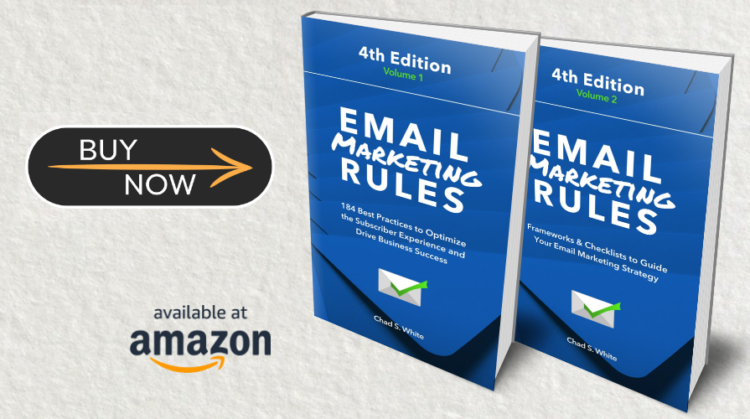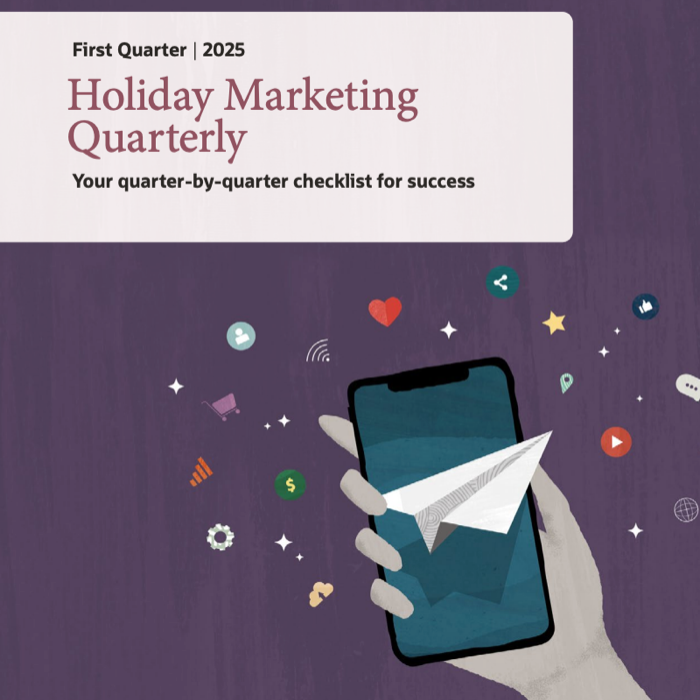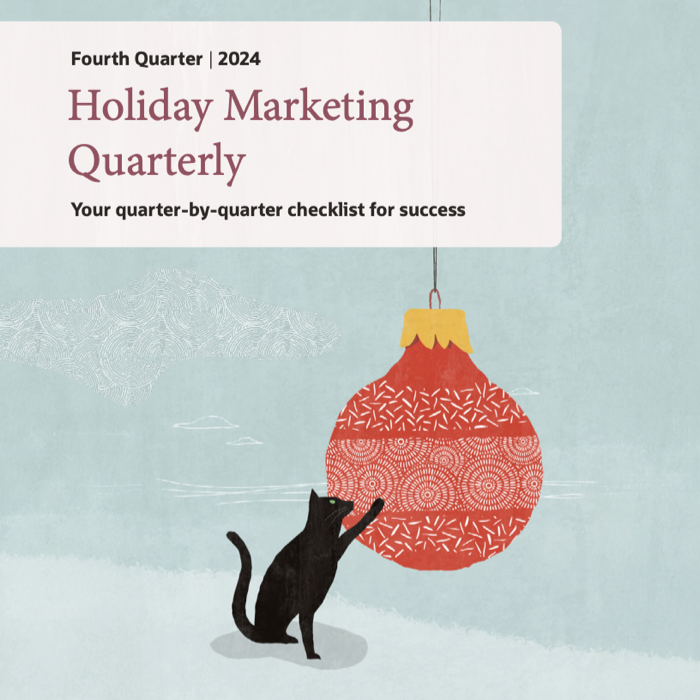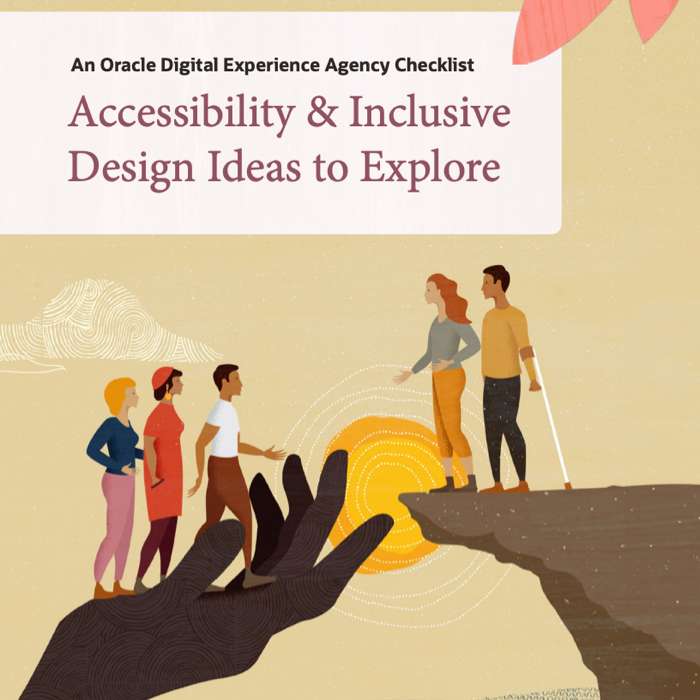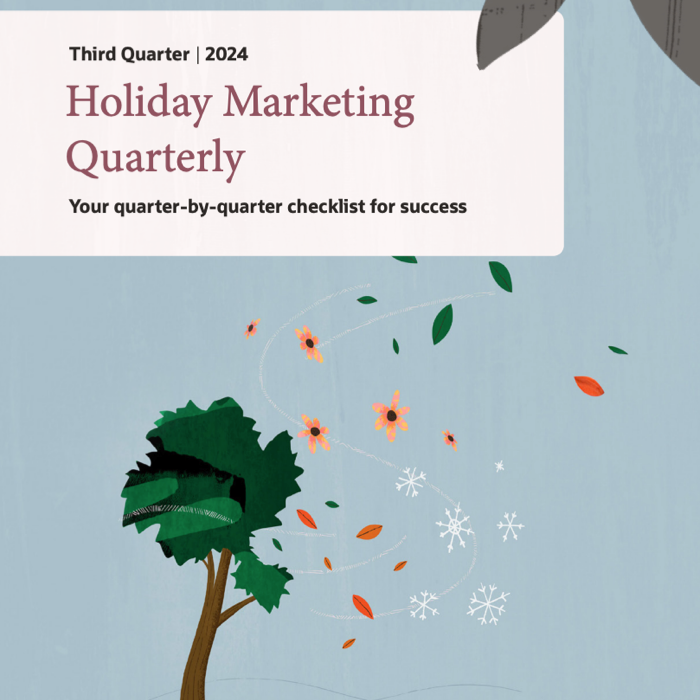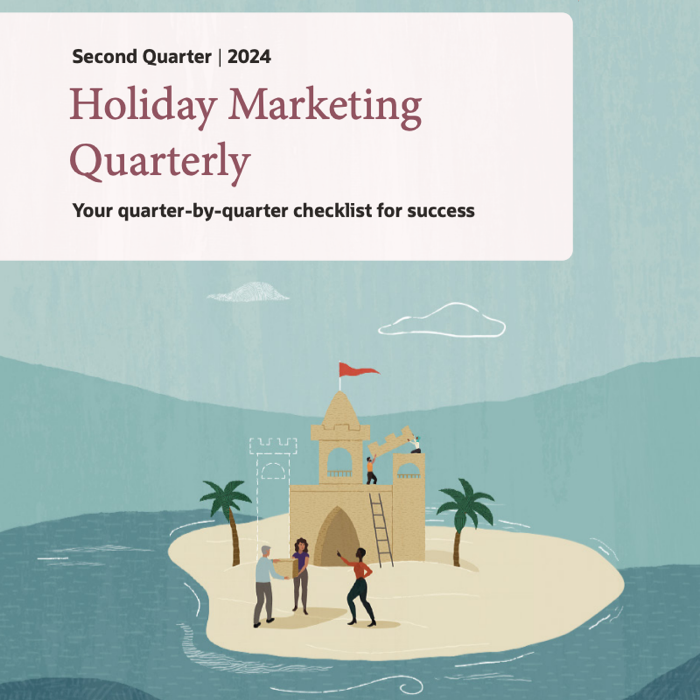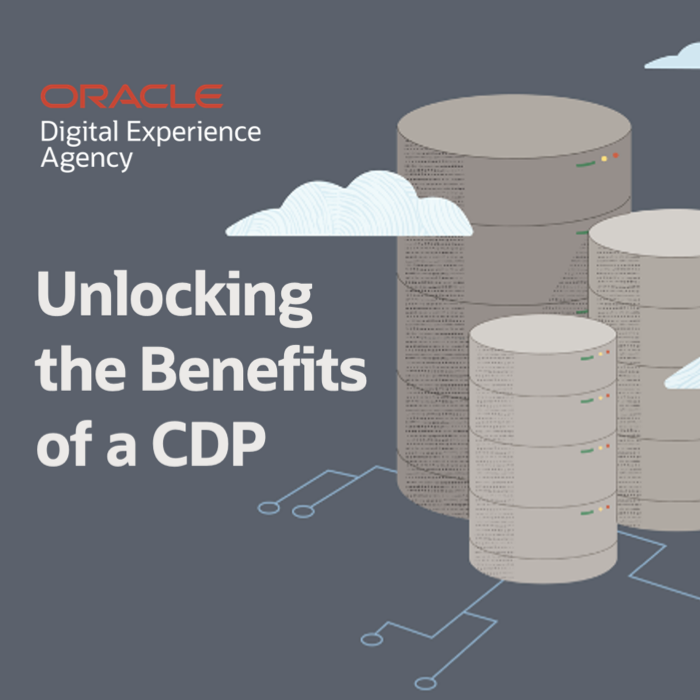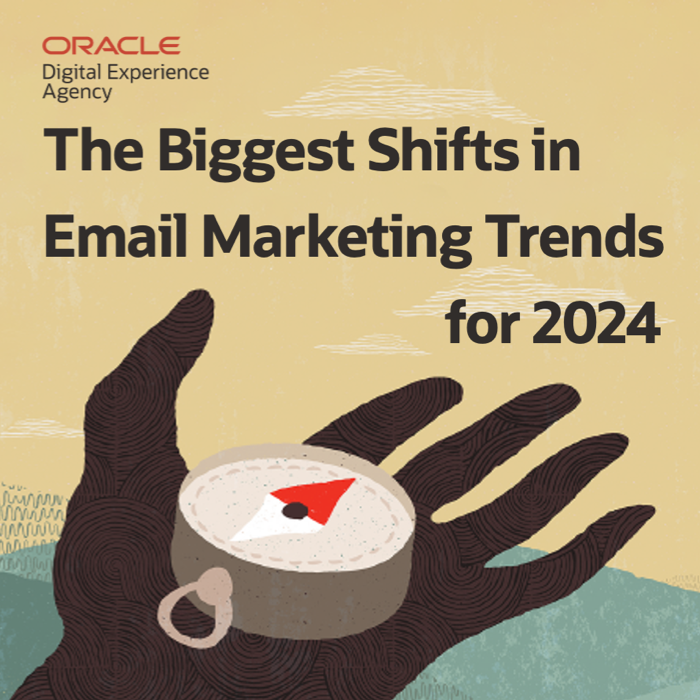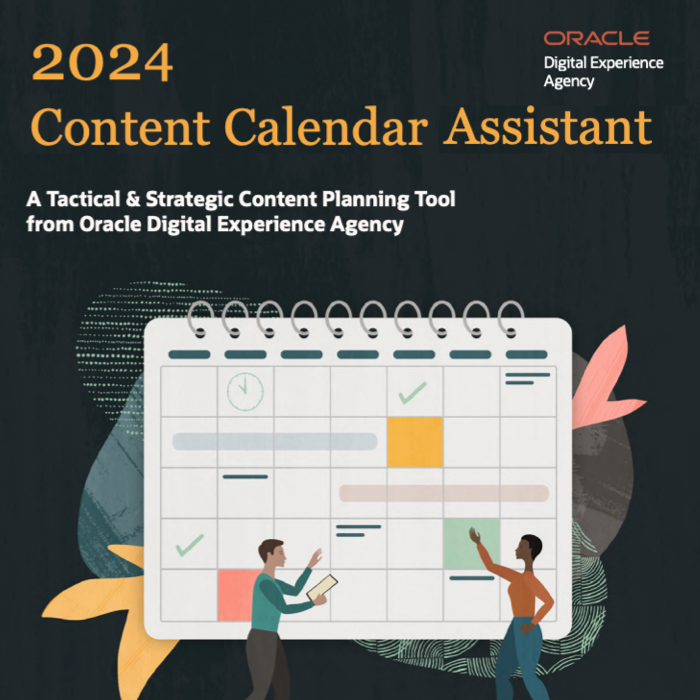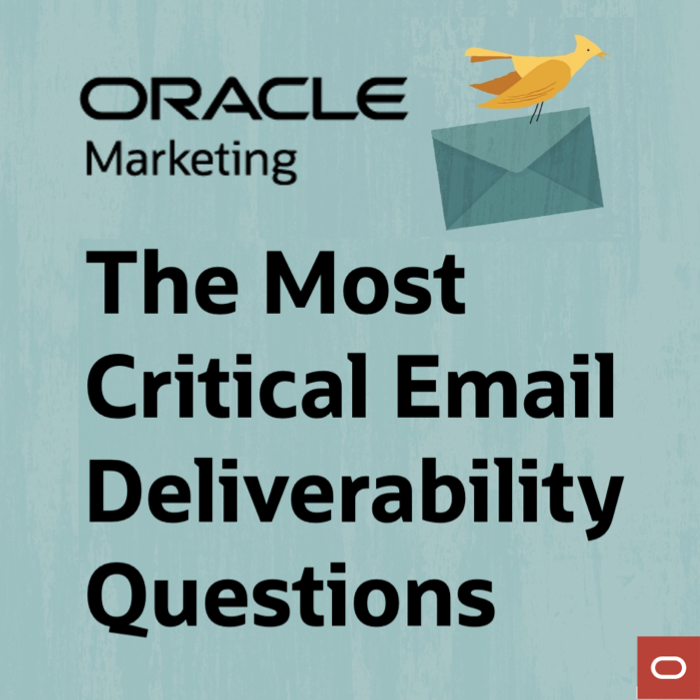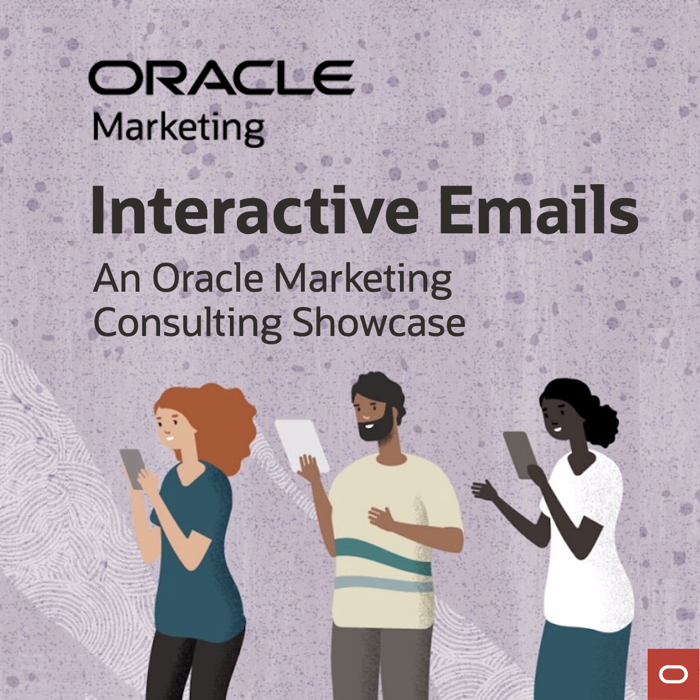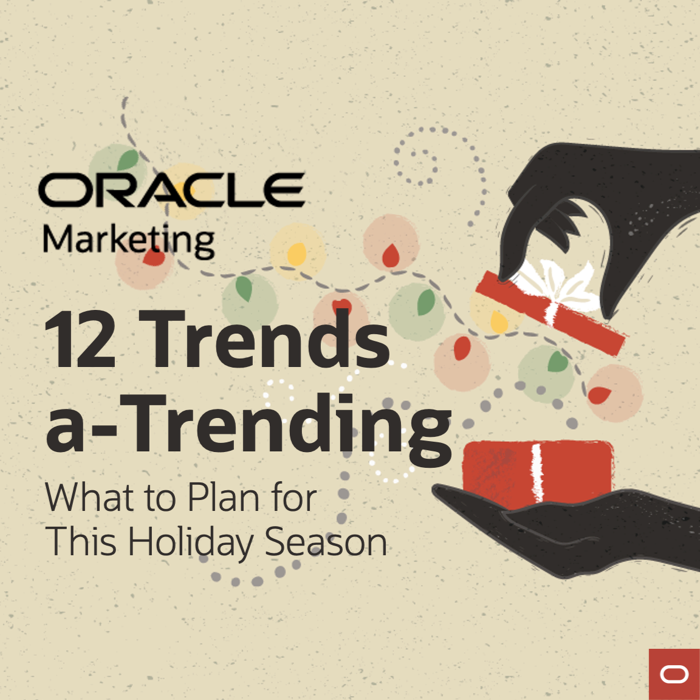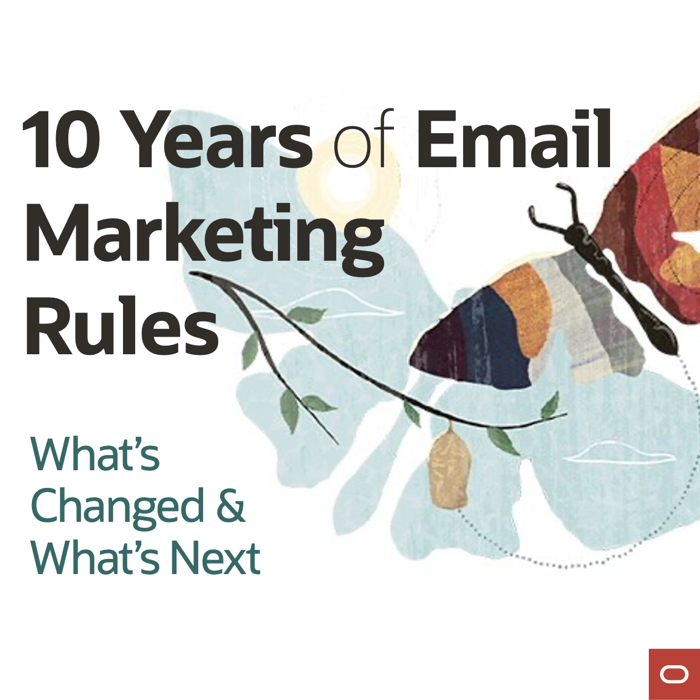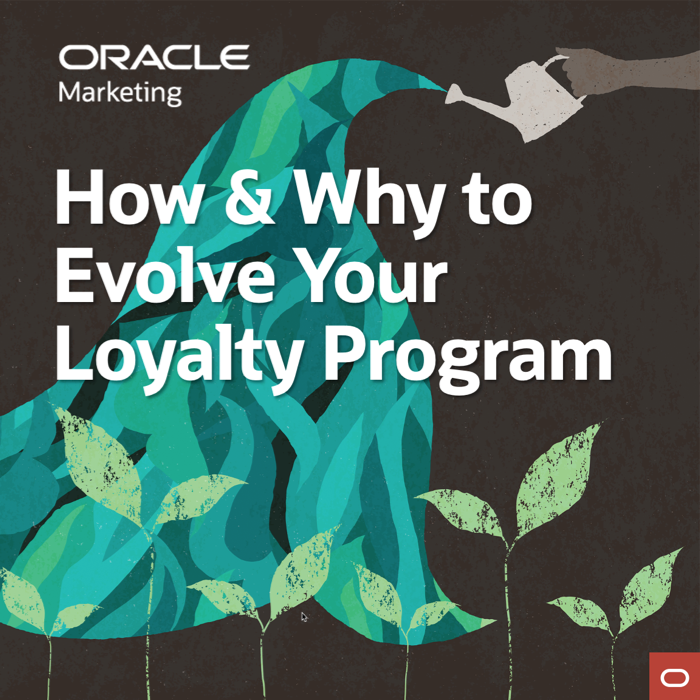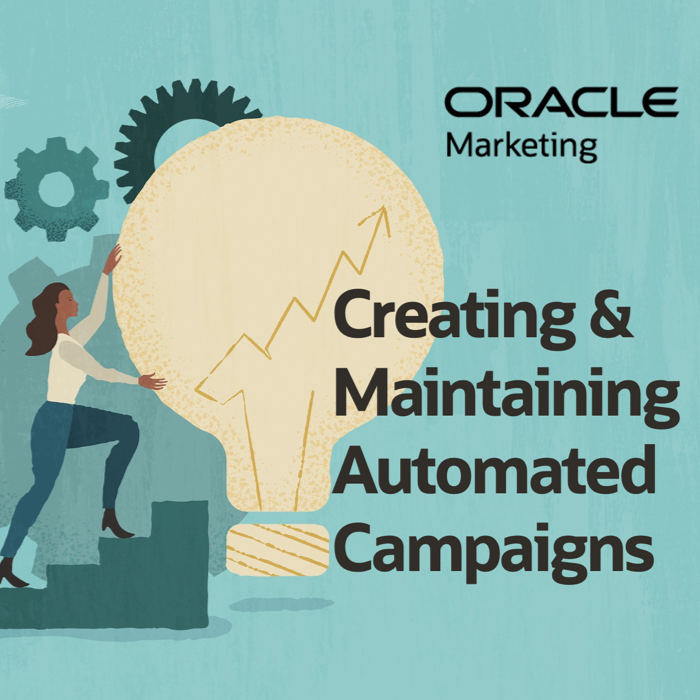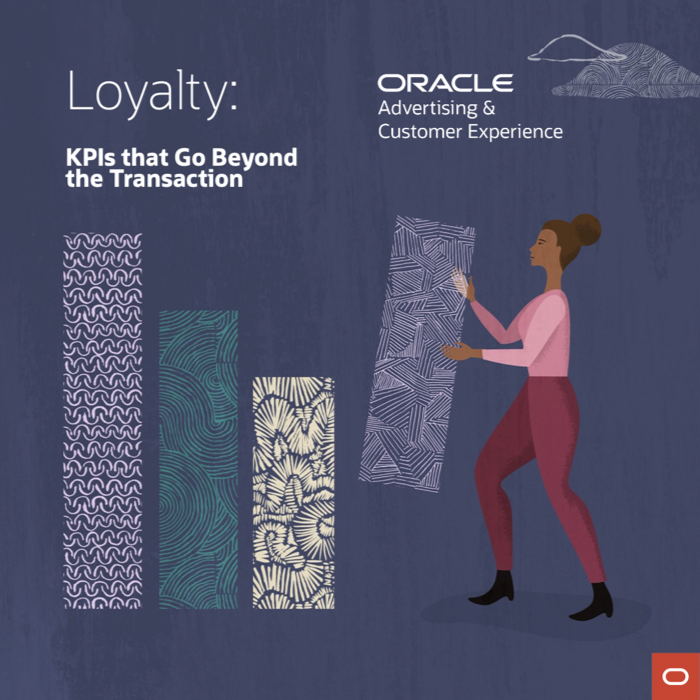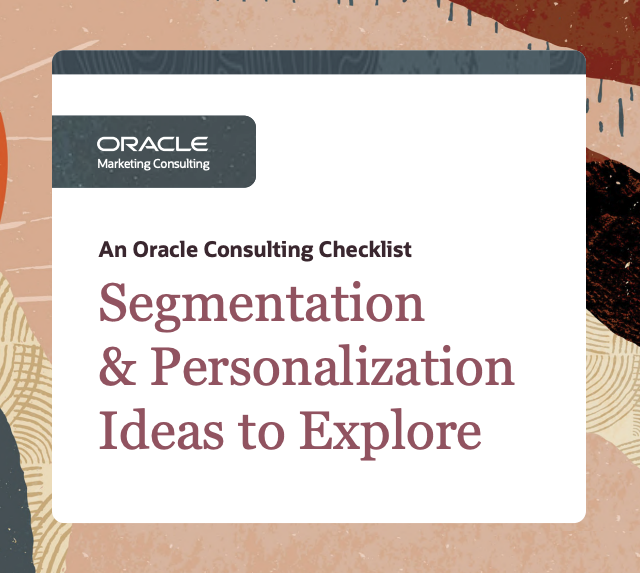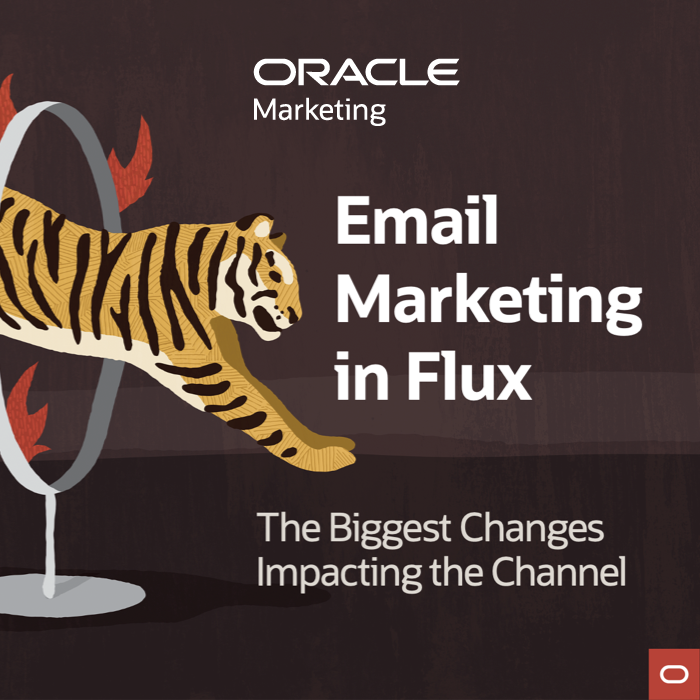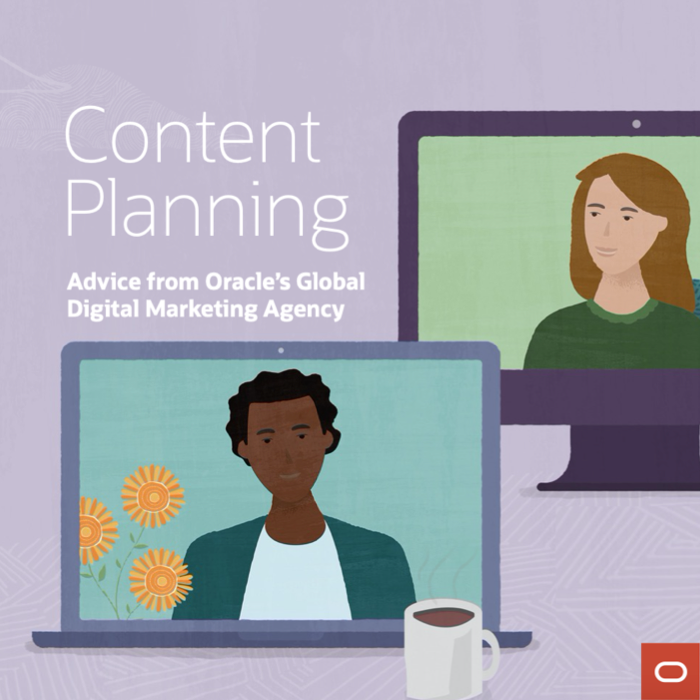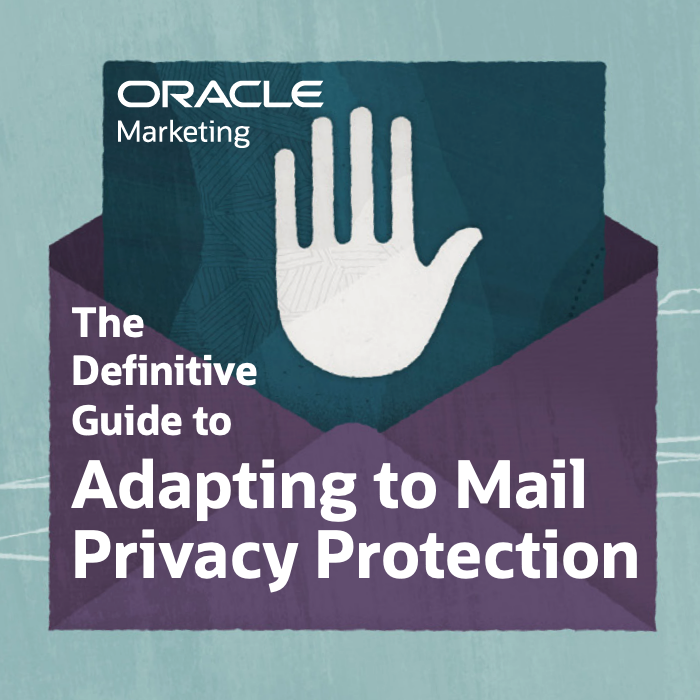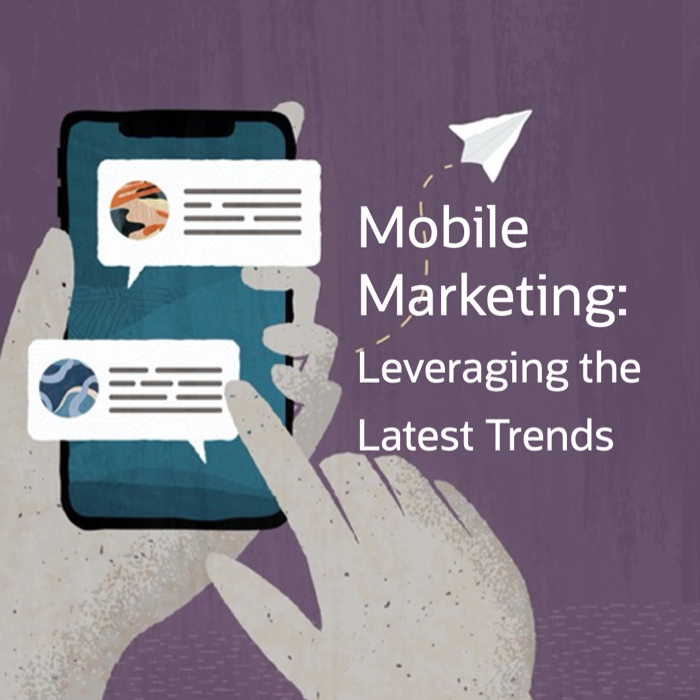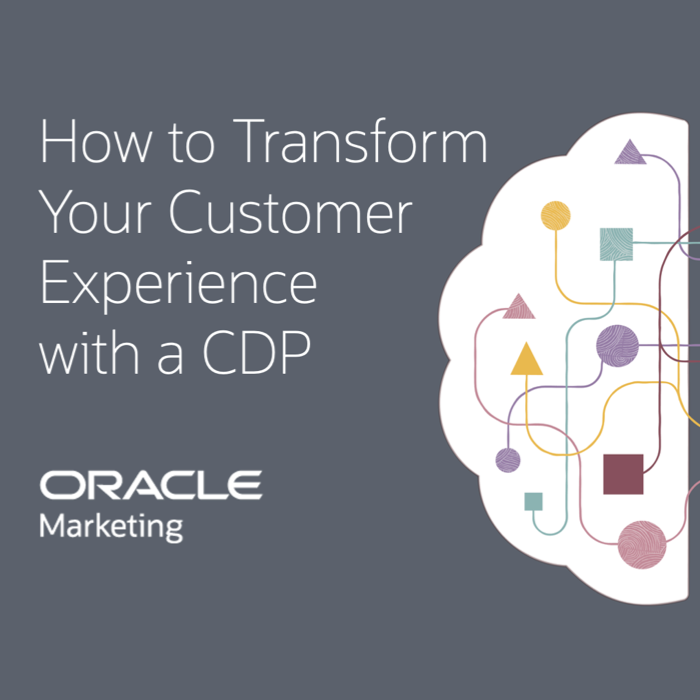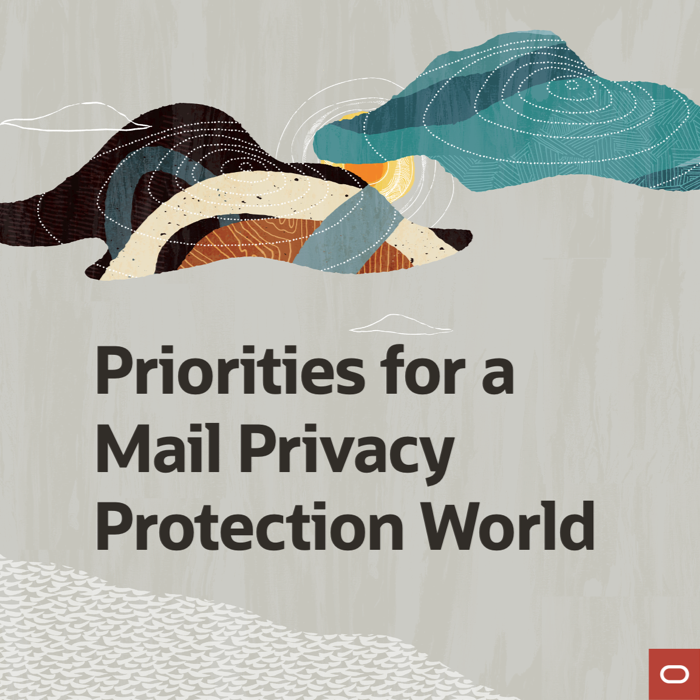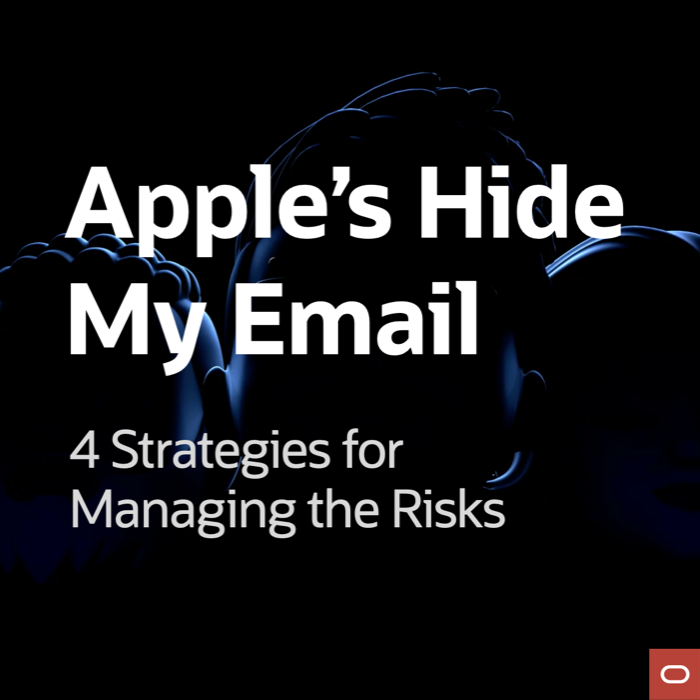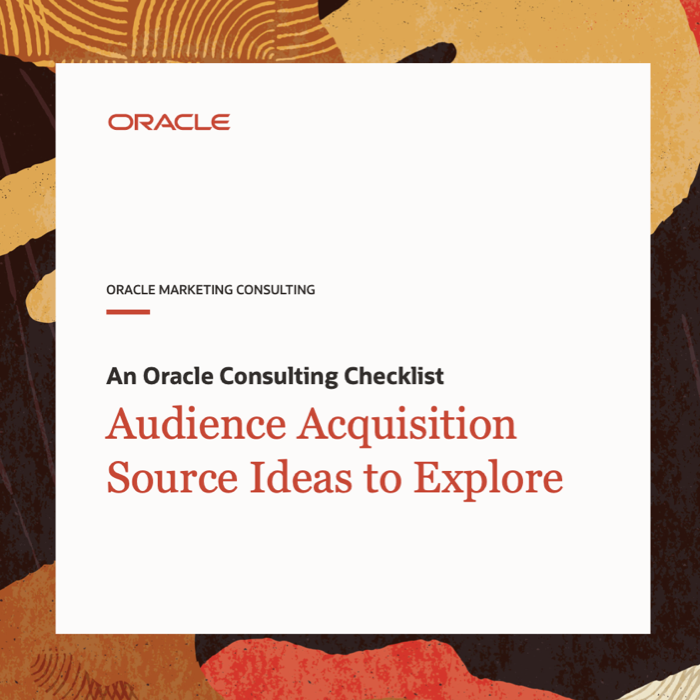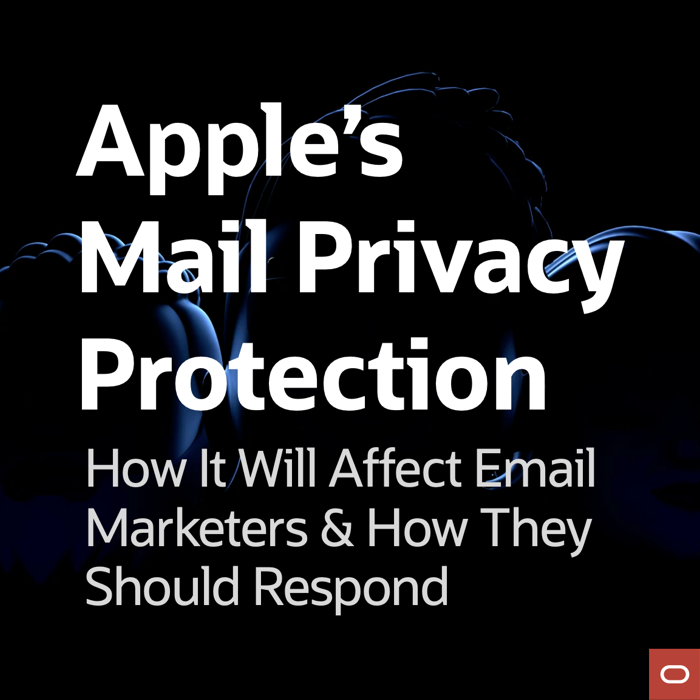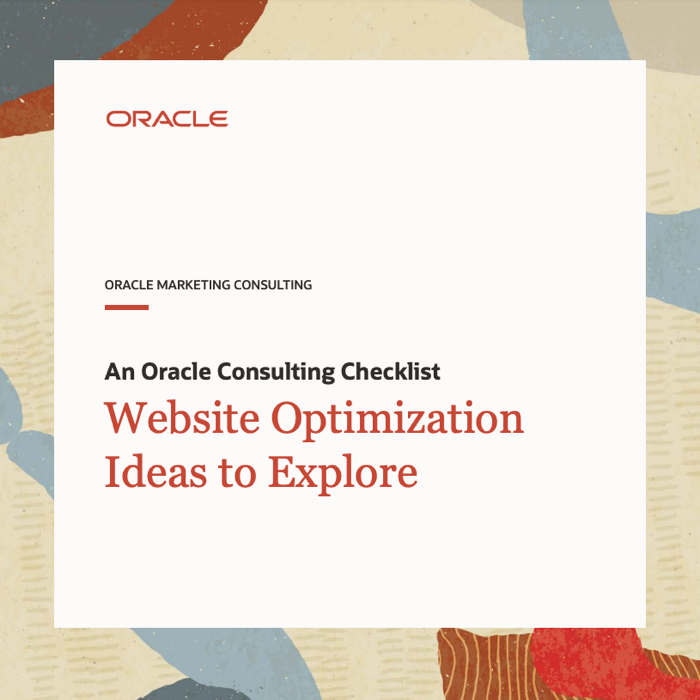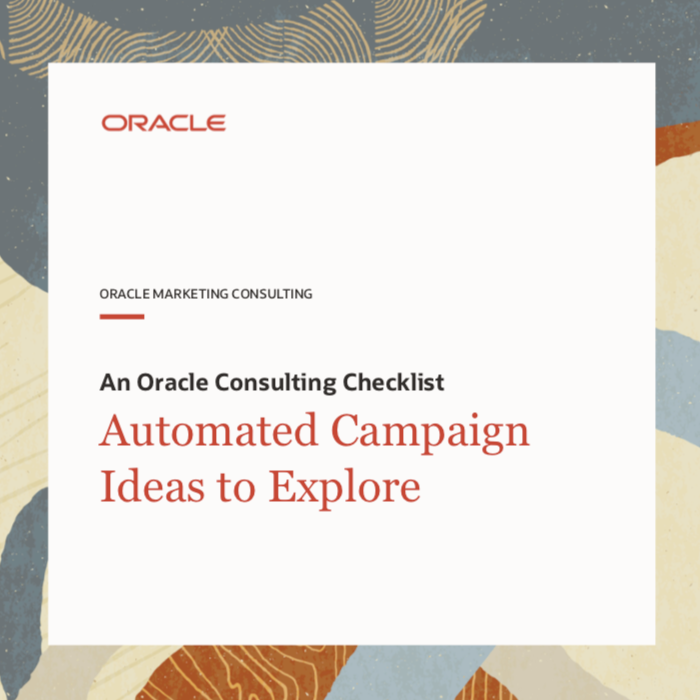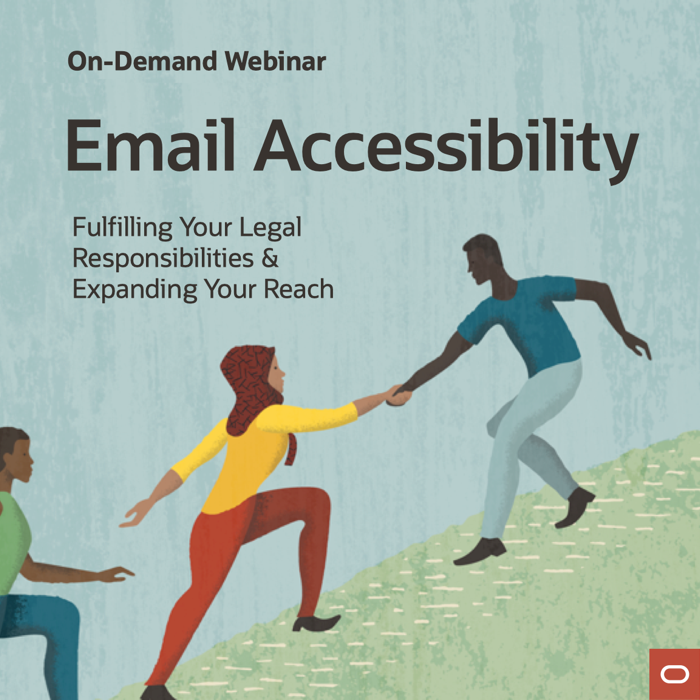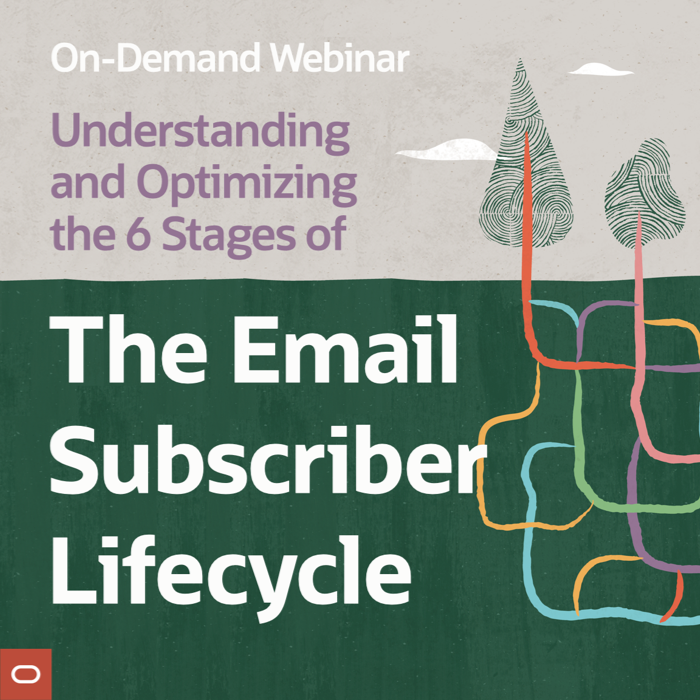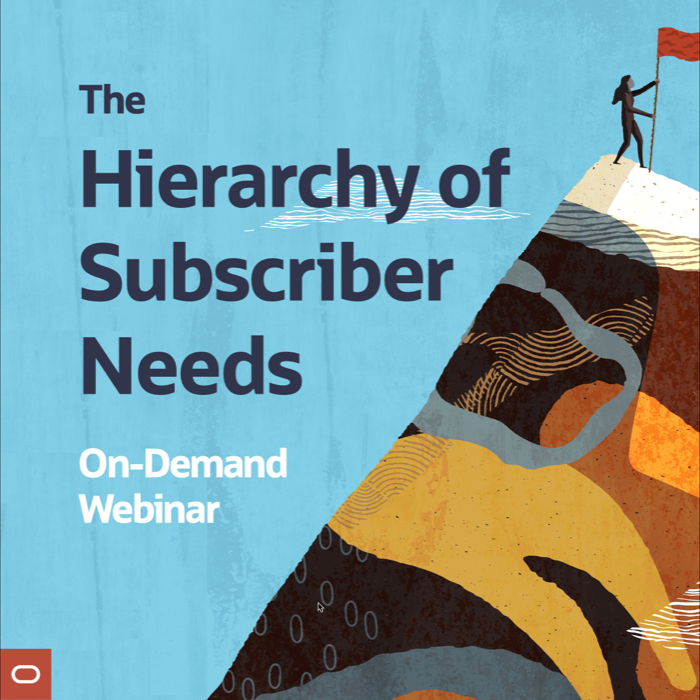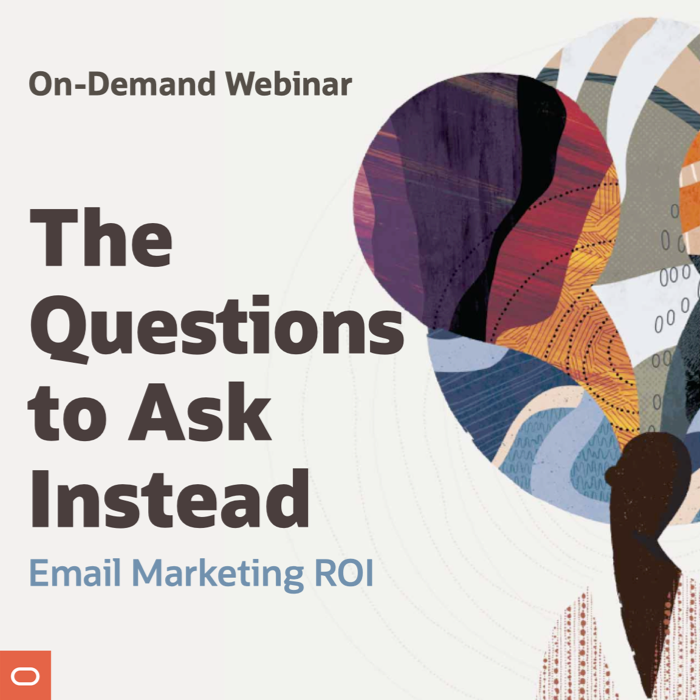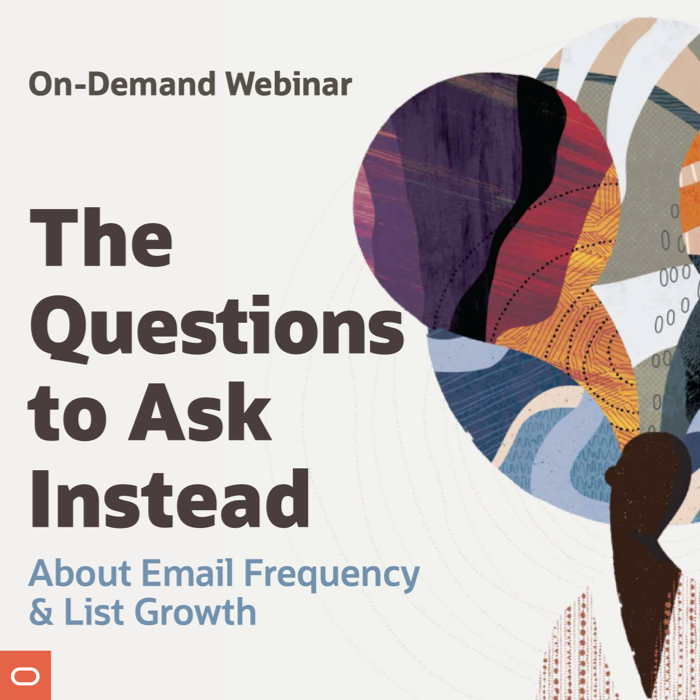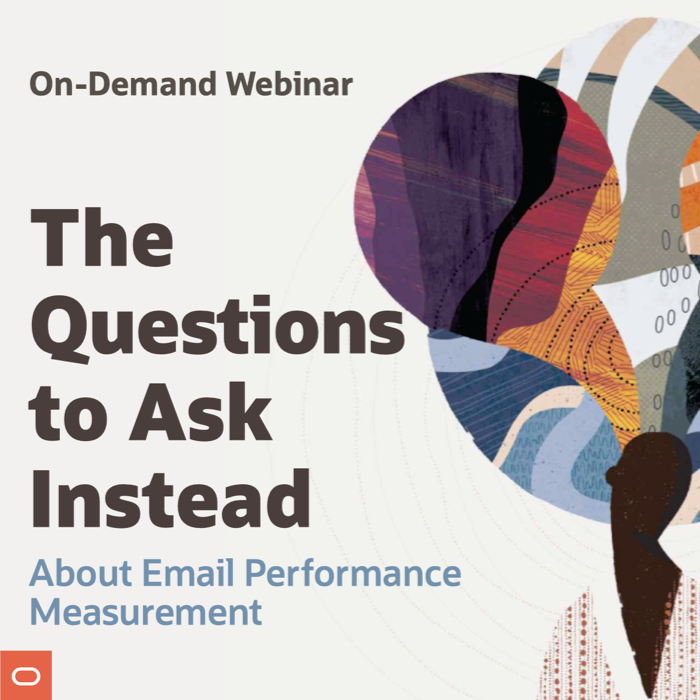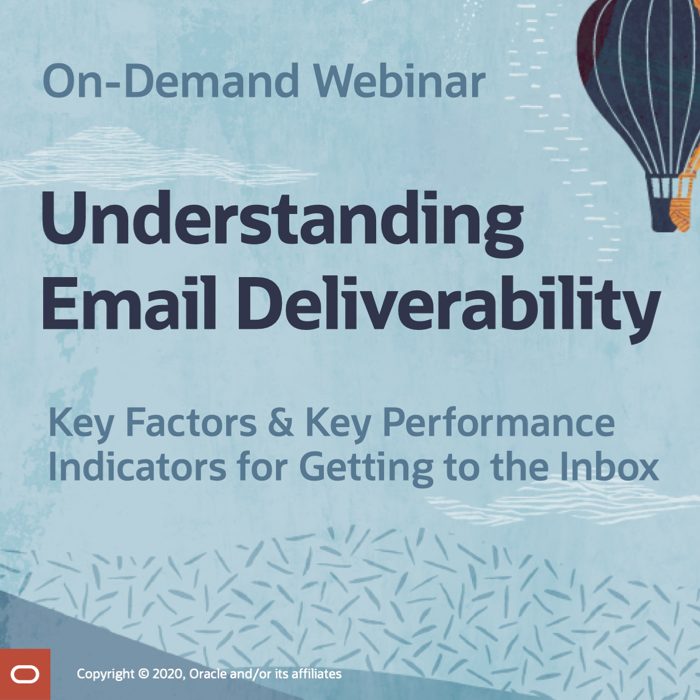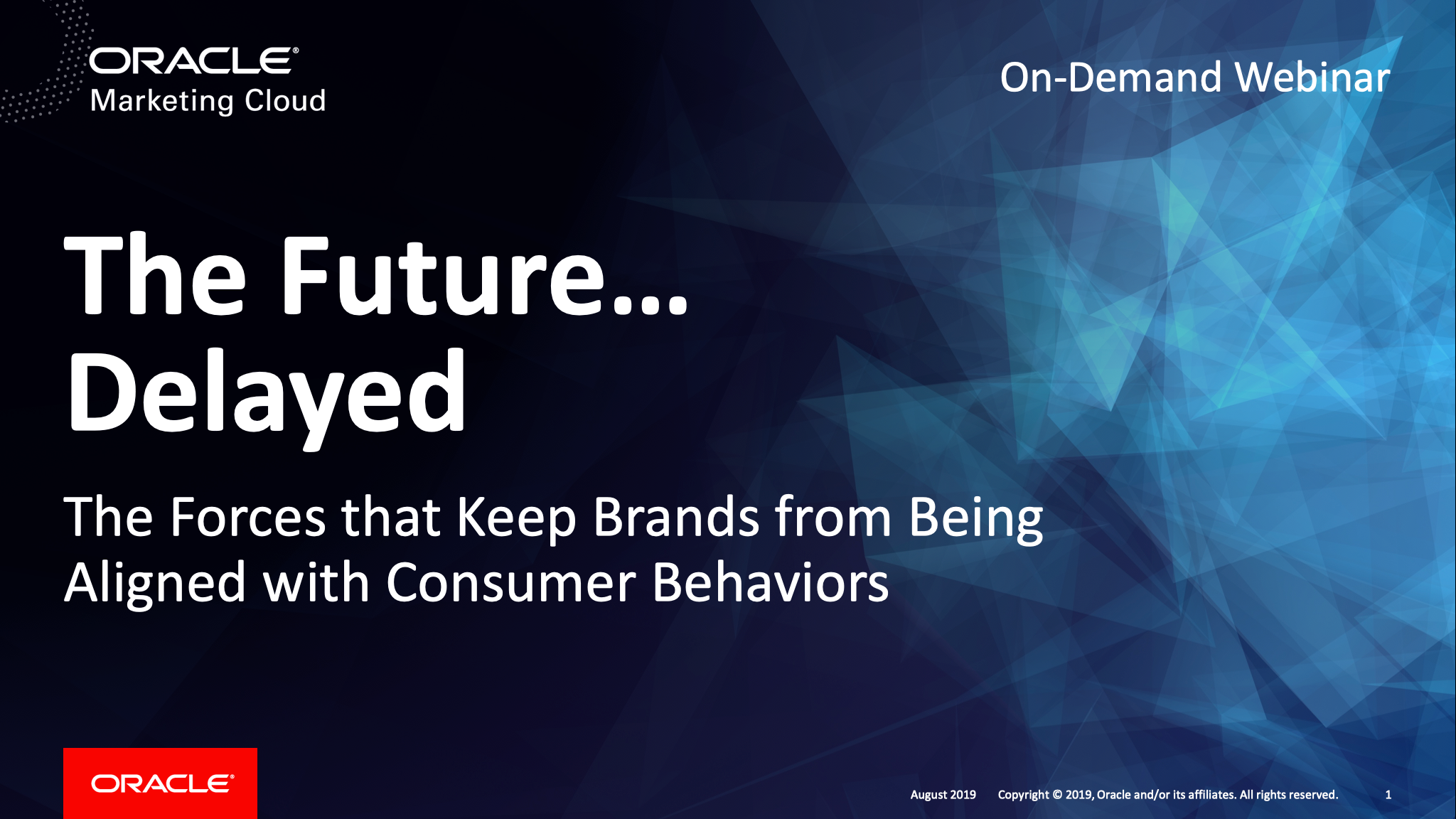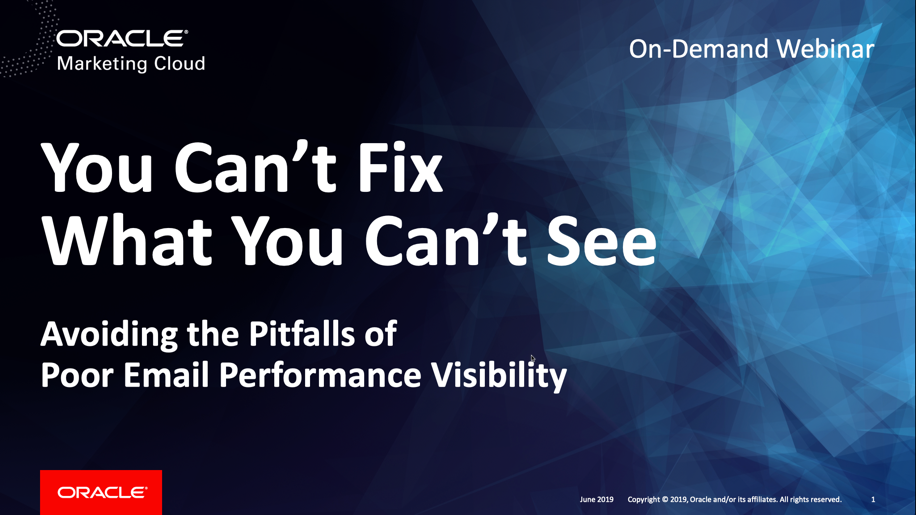Understanding AI: 5 Frameworks for Marketers
Posted on September 26, 2024
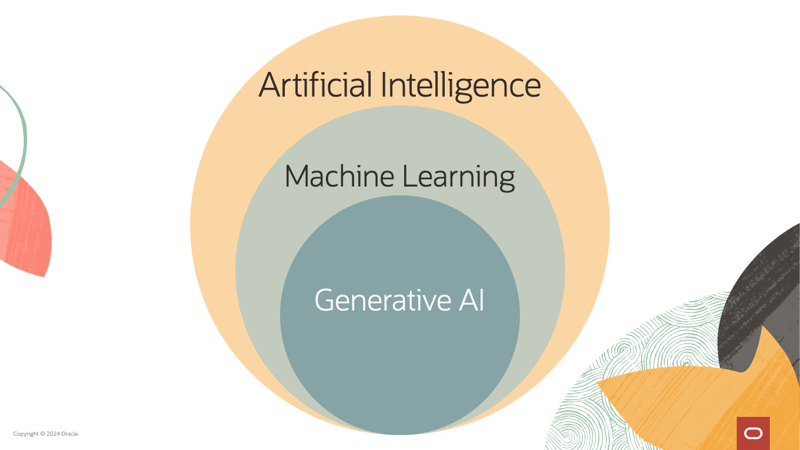
We’ve all seen the nested framework above for AI, machine learning, and generative AI. And chances are, unless you’re a developer of AI systems, it didn’t help you understand the significant differences between these wildly different tools either.
To help marketers better understand the differences, we’ve created five frameworks that illuminate the strengths and weaknesses of these tools and how they can be used.
Accessibility & Inclusive Design Ideas to Explore
Posted on September 23, 2024

Checklists can inspire you, help you identify gaps, allow you to take inventory, and provide an easy-to-follow action plan. At Oracle Digital Experience Agency, we use checklists all the time with our clients. In fact, we love them so much that we wanted to share some of our most useful checklists, including this one about accessibility and inclusive design ideas.
Established by laws such as the Americans with Disabilities Act (ADA) and 21st Century Communications and Video Accessibility Act (CVAA), accessibility is the expectation that brands create in-store, online, marketing, and other experiences that are accessible to people with disabilities. Inclusive design is the realization that many more customers benefit from such accommodations beyond those with permanent challenges. That’s because nearly everyone experiences temporary and situational challenges that can be eased by design accommodations. These challenges come in four major forms:
- Visual
- Hearing
- Cognitive
- Motor
In our fifth Marketing Checklist, we list accommodations for each of those challenges, along with advice from some of our hundreds of digital marketing experts. Some of these items entail one-time changes, such as adjustments to your website code or to your email templates. However, most involve being thoughtful about every experience your brand creates.
Litmus’s State of Email in Lifecycle Marketing Report
Posted on September 18, 2024
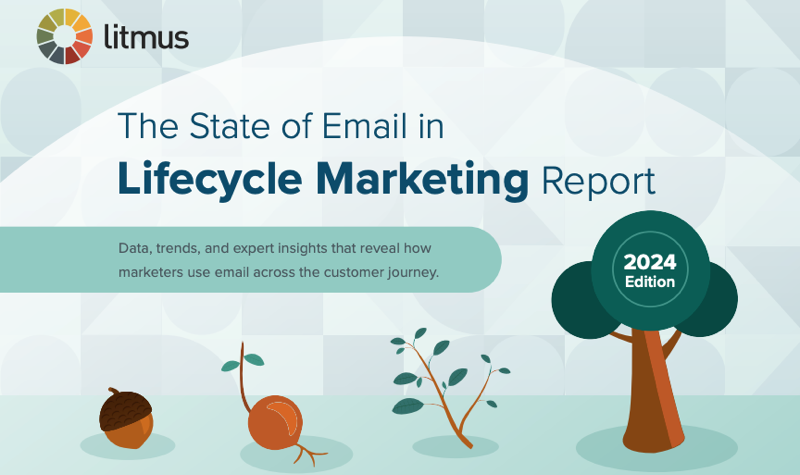
Lifecycle messaging is an important aspect of email marketing for nearly every brand. However, many are underutilizing it or struggling to get the most out of their lifecycle marketing efforts.
Based on a survey of nearly 1,000 marketers, Litmus’s State of Email in Lifecycle Marketing Report shares critical insights that can help you improve your lifecycle messaging, including advice from me and five other industry experts.
The report covers:
- How marketers use email in the customer journey
- Which KPIs marketers care about
- Personalization in the customer journey
- Lifecycle priorities for the next 12 months
- What to do next
AI Opportunities Throughout the Email Production Process
Posted on September 16, 2024

Brands have been using artificial intelligence tools in their email programs for many, many years. However, the rise of generative AI is causing a reevaluation of the opportunities to use classic AI, machine learning, and generative AI throughout the eight stages of the email production process:
- Conception: Identifying the need for a campaign and defining its goal, target audience, and more
- Copywriting: Writing the messaging
- Design: Crafting the visual design of the campaign
- Development: Coding the email experience, including any interactivity
- Audience Selection: Choosing the subscribers to receive a campaign or defining the trigger for an automated campaign
- Approval: Signing off that the campaign that was created matches its initial intent and goal
- Send: Launching and monitoring the campaign
- Analysis: Examining the results of the campaign, including any A/B testing
In this post and the 51-minute companion on-demand webinar, we discuss dozens of potential opportunities for marketers to use AI during each of those email production stages.
Get Inspiration from Our Holiday Subject Line Word Cloud
Posted on September 13, 2024

As you plan your holiday promotional email campaigns, you’ll certainly want to draft subject lines for your intended campaigns. In fact, you’ll want to write multiple subject lines for each one so you can do some A/B testing. To get you inspired, we created a holiday subject line word cloud based on nearly 1,400 subject lines used by national retailers between Nov. 1 and Dec. 31, 2023.
If you’re unfamiliar with word clouds, the more frequently a word is used, the larger it is in the word cloud. So, for instance, some of the most commonly used words in our word cloud include: extra, black, Friday, holiday, ends, gifts, now, sale, styles, and deals.
While that’s interesting, Kelly Moran and I take a deeper dive into what this word cloud reveals about email subject line writing during the holidays and how that can help you write better holiday subject lines.
Why Email Marketers Shouldn’t Bother Fighting the Power
Posted on September 11, 2024
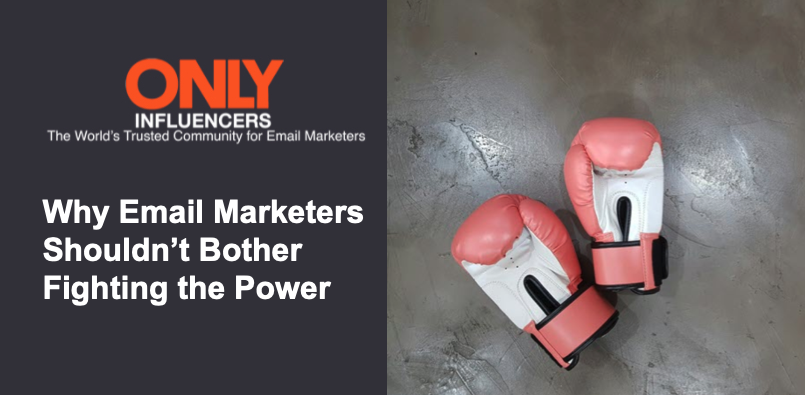
As an email marketer, it can feel like bad things are always happening to us.
- Apple’s Mail Privacy Protection making it much more difficult to adhere to inbox providers own rules around emailing only engaged subscribers
- Apple’s Link Tracking Protection making conversion tracking harder for some senders
- Gmail’s policy of Automatic Extraction messing up our preview text
- Apple and Yahoo introducing AI summaries that replace our preview text and push down our body copy
- Gmail and Yahoo retiring email accounts
- Gmail and Yahoo introducing new deliverability requirements
- Apply joining Gmail, Yahoo, and Microsoft in adding tabs to their inbox interface
Not all of these things are bad, and some aren’t as bad as they appeared at first glance (although some are very awful). But all of those changes were implemented with little to no warning, and with zero consultation, forcing marketers to scramble to determine the potential impact on their programs and subscribers and then try to minimize that impact.
Holiday Email Subject Line Insights to Boost Your Campaign Results
Posted on September 5, 2024

Email campaign mailing frequency rises dramatically during the holiday season, putting more pressure on subject lines to quickly connect with subscribers and kick off a positive and profitable interaction. Based on an analysis of subject lines and campaign performance from a selection of retail and other B2C brands using Oracle Responsys from Nov. 1 to Dec. 31, we discovered a number of insights that can help brands craft better subject lines this holiday season. Here are our top findings…
Can You Over-Personalize Your Digital Marketing Messages?
Posted on September 4, 2024

Until recently, very few brands needed to seriously ponder that question. Yes, personalization has been a major marketing trend for nearly two decades. However, even as brands have gained new and increasingly sophisticated ways of personalizing content, they’ve had their aspirations limited by numerous realities, including their marketing platform’s capabilities, data quality and availability, time and resources, and performance visibility limitations.
And then generative AI arrived, supercharging enthusiasm for all things AI.
Now, lots of people (and startups) are convinced that all limits have been removed. Now, brands can finally achieve their long-standing goal of the 1:1 marketing paradigm—that is, to send the right message to the right person at the right time. And they can achieve that by having generative AI write 1:1 messages for every individual who’s opted in to receive marketing messages via email, SMS, and push—and then using machine learning to optimize audiences, and timing for every message.
There are some major problems with this thinking. First and foremost is the fact that…
The Last Word on August 2024
Posted on September 3, 2024
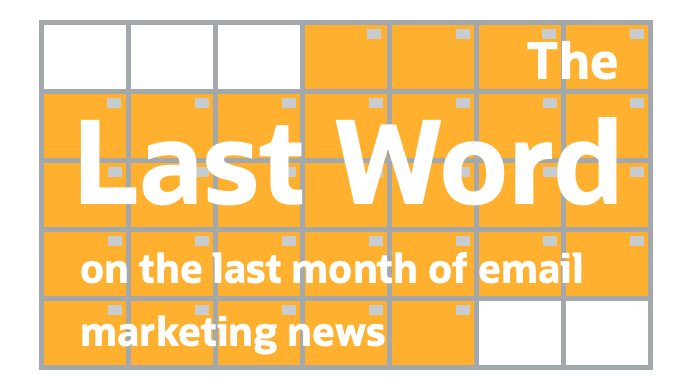
A roundup of digital and email marketing articles, posts, and social buzz you might have missed last month…
Must-read articles, posts & reports
No, Gmail Did Not Just Break All Open Tracking (Spam Resource)
Over Half of Gen Z and Millennials Often or Always Accept Cookies (Emarketer)
How Many Marketing Emails Is Too Many? (Mailjet)
My (Least) Favorite Email Myths (Send It Right)
Is Honesty the Best Policy? The Truth About AI Content Disclosure (Only Influencers)
AI Disclaimers: What Marketing Leaders Need to Know (Sprout Social)
Dungeons & Dragons Taught Me How to Write Alt Text (Eric Bailey)
Changes to Rules to Sending Unsolicited Marketing Emails [in Australia] (Prosper Law)
Insightful & entertaining social posts
I would never let an email opt in popup show to someone already subscribed. Very demure, very mindful. ✨
— Val Geisler (@lovevalgeisler) August 16, 2024
Nearly all US browsers could become cookieless in the future: https://t.co/HQCKshGB9y#chartoftheday #newsletter #cookies #cooklieless pic.twitter.com/Dfe3iWepEM
— EMARKETER (@eMarketer) August 20, 2024
so close… @progressive … and the text/plain MIME part should be trivial, it’s fixed width.
Got appreciation folks still carrying the torch for hidden #asciiart pic.twitter.com/Ga9s16eayw
— Keith Kouzmanoff (@emailmp) August 22, 2024
Noteworthy subject lines
IKEA Family, 8/15 – Don’t let moving in stress you out
The North Face, 8/24 – Get back to campus with backpacks and matching sets
Macy’s, 8/24 – Laptops, headphones & more savings that make the grade
Wayfair, 8/7 – Desks, but make them multifunctional →
HP.com, 8/4 – Stand out this school year with powerful tech from HP
The Container Store, 8/17 – Grab Your Last-Minute College Must-Haves Here!
Redbubble, 8/8 – School essentials for every obsession 📝
AutoZone, 8/2 – Your battery may not outlast the heat!
Neiman Marcus, 8/23 – The fall collections are available now!
Gap, 8/23 – The light layers edit
Wayfair, 8/13 – HALLOWEEN DECORATIONS. ARE. HERE.
Williams Sonoma, 8/24 – Make it the best Halloween ever 👻
West Elm, 8/17 – Enter if you dare *and* make it stylish
Panty Party at VS PINK, 8/28 – Hey Boo, Want 5 FREE Panties? 👻
IKEA Family, 8/29 – Have you heard we’re having a pajama party? 🥳
Fanatics.com, 8/2 – We’re Heading Back to Training Camp –> Official Style Available
Macy’s, 8/13 – Gear up for fall with game-day picks & more 🏈🍂
Chubbies Weekender, 8/16 – The Weekender: Fantasy Football Team Name Inspo
West Elm, 8/13 – Whoa, we loooove this bathroom
Wayfair, 8/8 – #kitchenmats
Gap, 8/11 – gap & madhappy. available now for a limited time.
Crate & Barrel, 8/7 – “Beautiful.” “Versatile.” “Durable.” Meet our forever faves.
West Elm Design Services, 8/24 – “So glad I did that” — you after your FREE Design Crew appt
Allrecipes The Scoop, 8/13 – You Should Stop Storing Your Carrots This Way
Clinique Online, 8/12 – Fragrance that lasts? Here’s how.
New posts on EmailMarketingRules.com
Could Loyalty Be the Missing Piece in Your Email Campaigns?
Digital Channel Strategy: Strengths & Weaknesses of Email, SMS, & Push
Seasonal Email Strategies: Stand Out on Black Friday & Cyber Monday
CDP vs. MDW vs. CRM vs. CDM vs. DMP: How They Differ & How They Might Work Together
12 Trends a-Trending: What to Plan for This Holiday Season [with on-demand webinar]
Could Loyalty Be the Missing Piece in Your Email Campaigns?
Posted on August 30, 2024

How do loyalty programs and email marketing programs work together? How can brands build out their automated email programs and make them more effective?
I join theMarketer podcast host Cosmin Costea to talk about how brands can foster stronger loyalty and generate better results through savvy automation, smart messaging, and much more. Here’s a rundown of our conversation during the 33-minute podcast:
1:45 – The 5 kinds of automation triggers
6:52 – How brands can get much more out of their automated programs
11:05 – How fast should cart abandonment emails be sent
16:00 – Getting subscribers to click or log in for identification purposes for triggers
19:07 – Defining emails as transactional or promotional
20:34 – Loyalty programs plus email marketing
23:56 – Email marketing cadences for short- and long-lifespan products
27:56 – B2B vs. B2C email marketing
30:15 – Using segmentation and automation together
Listen wherever you get your podcasts or…
 Email Marketing Rules
Email Marketing Rules


